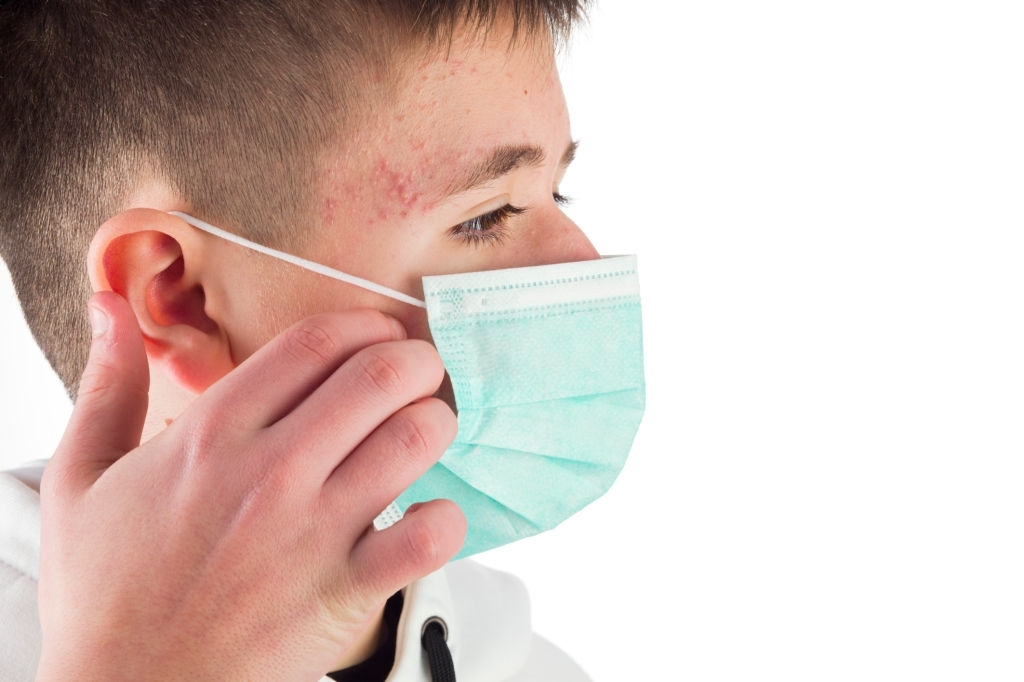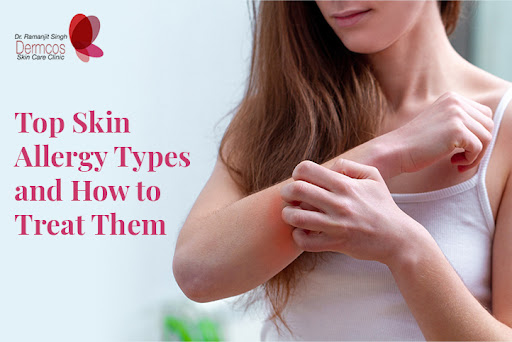Dermcos Skin Care Clinic in Gurgaon can help you if you suspect any dermatological impacts of COVID-19. Check out below the possible skin ailments that may be associated with coronavirus infection.
Does coronavirus affect the skin?
Coronavirus primarily impacts your respiratory system. So, victims usually undergo breathing trouble, cough, and fever. However, recently many skin symptoms have been reported in COVID-19 patients since the skin is also a body organ. To date, any typical COVID-19 rashes are not surely proved. Most of the skin ailments are self-restricting. So their association with the severity of the pandemic is unclear.
How many patients may develop skin-associated symptoms in COVID-19?
The first research on skin manifestations of COVID-19 was carried out in Italy. According to its report, skin lesions appeared in 20.4% cases. It implies that skin interference may be as high as 1 of every 5 cases.
Effects of coronavirus on skin
As per a new study, coronavirus may trigger at least 5 skin problems. The research was performed on 375 COVID-19 patients by the Spanish Academy of Dermatology for better realizing the dermatological impacts of the pandemic. Results showed that most patients developing unexplainable skin issues from coronavirus were almost similar. Interesting, a few of these cases were reported where they experienced acute urticarial along with fever as the first implication of the disease.
According to a questionnaire, the researchers saw that 5 skin problems were reported mostly.
Below are the 5 skin conditions which you might develop if you’re affected by COVID-19:
- Vesicular eruptions
Tiny itchy blisters got revealed in over 9% of the cases. A morbilliform or vesicular eruption might be found on the genitalia or buttocks, especially in the lower section of the body.
According to the study, such blisters are full of blood and carry the ability to become bigger.
These symptoms were distinct mostly in middle-aged victims and remained for 10.4 days on an average.
- Livedo
Livedo reticularis involves conditions causing mottled skin discolouration. It’s generally reticular in appearance.
More than 6% of cases reported this problem. It commonly occurs when blood circulation gets disrupted in portions of the skin. This causes skin discolouration.
Essentially this is the premature death of skin tissues. It was reported mostly in old and critically corona-affected patients.
- Chilblain
If you have this condition, you’d develop tiny lesions because of the inflammation of blood vessels, usually after getting exposed to cold air. Regarded as extremely painful, the lesions impact the skin on the feet and hands. It’s also called cold-induced vascular disease, perniosis or pernio.
The researches saw that 19% of cases revealed symptoms similar to chilblain. the patients grew purple or red spots, followed by bleeding under their skin.
Usually found among young patients, these symptoms remained for 12.7 days on an average and appeared in less critical cases.
- Maculopapular rashes
In above 47% cases (the highest number of skin issues cases), these tiny, red bumps were found. Usually found around hair roots, the disorder lasted for 8.6 days on an average in patients.
It can also cause blood spots underneath your skin and appeared with the other COVID-19 signs.
Only severe cases reported these rashes.
- Wheals
It’s a raised, itchy site of the skin which an overt symptom of allergy. It’s sometimes also called welts or hives.
This problem was revealed in above 19% cases. It causes the white or skin parts of the skin to protrude.
These stayed for 6.8 days on an average and could spread to various body parts.
Besides the above 5 skin issues, COVID toe may also be a bi-product of COVID-19. It’s a purplish or reddish lesion developing on toes, heels or fingers. These happen more in young adults and children and are more often found on the feet. However, some of the cases were tested and reported positive for COVID-19. Therefore, these lesions may come from other non-infective or infective disorders as well. It’s likely that they represent a late appearance of a condition and possibly related to a comparatively mild condition.
Can washing hands frequently lead to skin issues?
Washing hands too often with soap and specifically using alcohol-based sanitisers can cause your skin to get dried excessively. This, in turn, can lead to hand eczema. Sanitisers and soaps tend to reduce the lipid content of your skin. This initially appears as skin dryness. After that, your skin begins to turn red, blister, ooze and then itch and have a burning sensation.
However, in this pandemic, you cannot stop washing hands. There’s a simple solution. After washing hands, apply a moisturising cream or lotion on them. The corona patients also are experiencing many skin issues because of the personal protective equipment they are continuously using. These skin problems are manifesting due to contact allergy, excessive pressure and friction.


